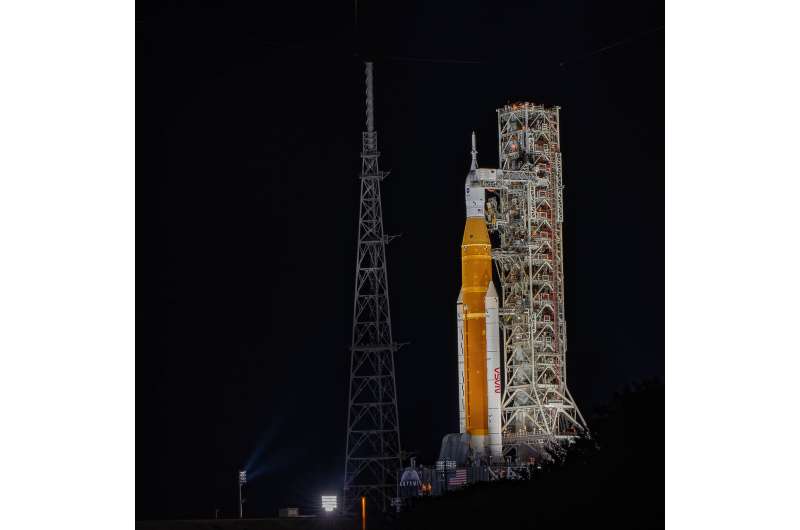Working in tandem: NASA's networks empower Artemis I

NASA's Artemis missions are returning humanity to the Moon and beginning a new era of lunar exploration. Soon, the agency plans to launch the Artemis I mission, an uncrewed flight test that will take a human-rated spacecraft farther than any before.
Although uncrewed, Artemis I will test essential systems for future crewed missions to the lunar region, including the first-ever launch of NASA's most powerful rocket, the Space Launch System (SLS). The SLS rocket will launch from NASA's Kennedy Space Center in Cape Canaveral, Florida, and enter a complex orbit to bring the Orion spacecraft to the Moon.
Throughout its journey, the Artemis I mission, including Orion and SLS, will receive comprehensive communications and navigation services from NASA's two networks: the Near Space Network and the Deep Space Network.
These services are essential during launch, orbit, and re-entry—all phases of the mission. The video above details each network's support and the collaboration needed between the two to get essential spacecraft and science data from the mission.
This first test of Artemis I will help NASA to prepare the networks for future crewed voyages to the lunar region, and later, on to Mars.
Provided by NASA's Goddard Space Flight Center





















